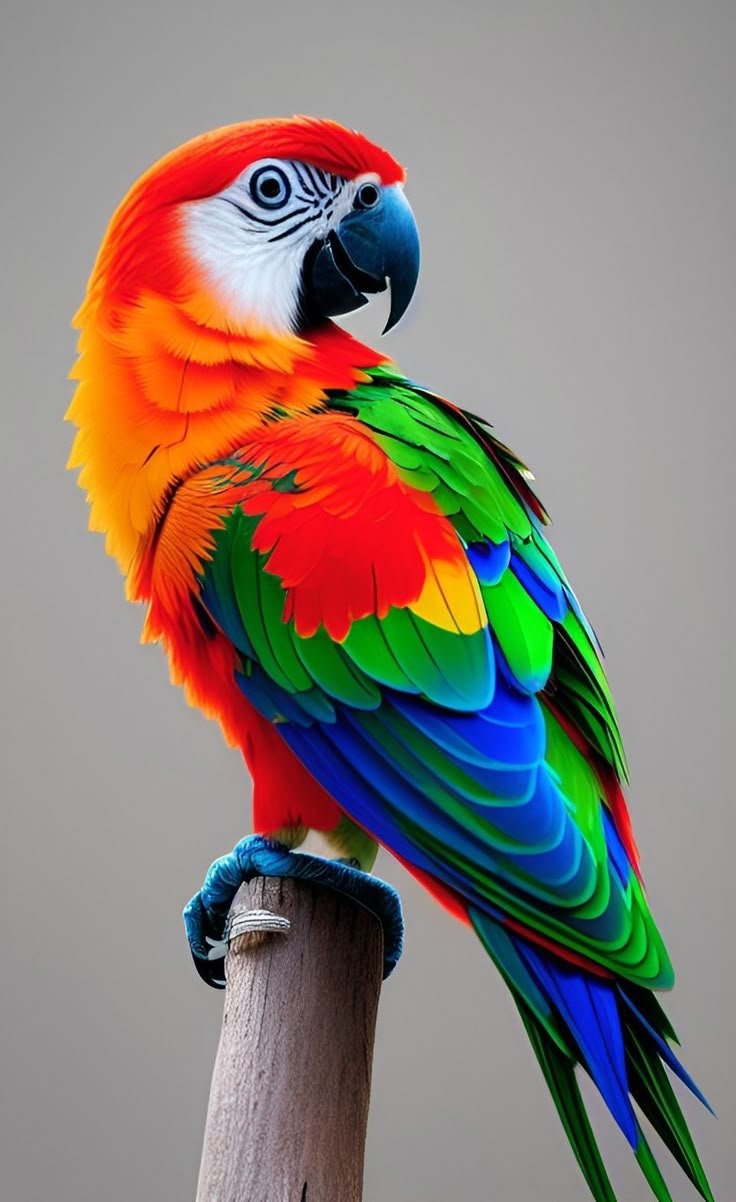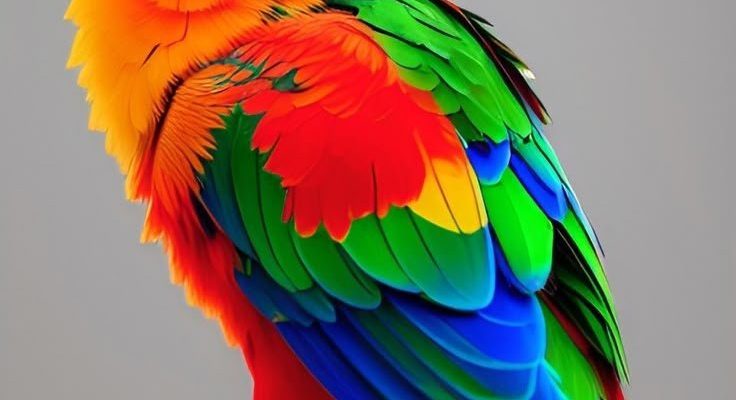
You might be wondering, “Do I really need to invest in special lighting or humidifiers for my parrot?” The short answer is yes—parrots can thrive in specially tailored environments that mimic their natural habitat. Not only does it contribute to their overall health, but it can also affect their mood and behavior. Let’s dive deeper into why lighting and humidity matter for your parrot’s wellbeing, and how you can ensure they feel right at home.
Understanding Your Parrot’s Natural Environment
To appreciate why lighting and humidity are so vital to parrots, let’s first discuss what their natural habitats are like. Most parrots come from tropical and subtropical regions, where they enjoy warm temperatures and high humidity. Think of lush rainforests where they hop from branch to branch, soaking in the sunlight and enjoying the moist air. In these environments, they’re exposed to a consistent cycle of day and night, which helps regulate their biological clocks.
Now, when you bring a parrot into your home, it’s crucial to replicate some of these conditions. An environment that resembles their natural habitat can lead to happier, healthier birds. A parrot that feels comfortable is more likely to socialize, play, and even mimic sounds, which is an important part of their behavior. So, keeping this in mind is the first step to creating an ideal living space for your feathered friend.
The Importance of Proper Lighting
Lighting plays a significant role in a parrot’s well-being. Think of it as their version of sunshine—without it, they can become lethargic and less active. Birds depend on natural light to regulate their circadian rhythms. This means they need a balance of light and darkness to maintain a healthy sleep cycle. In most households, natural sunlight can be limited, depending on the layout and location of your space.
You might want to consider using full-spectrum lights designed specifically for birds. These lights mimic the effects of sunlight and provide essential UVA and UVB rays that parrots need. UVB rays help birds produce vitamin D3, which is crucial for calcium absorption. A deficiency in this vitamin can lead to serious health problems, including weak bones. So, investing in a good-quality light can make a world of difference for your parrot.
Choosing the Right Type of Light
When selecting lighting for your parrot, you have a few options to consider. Here are some key points to keep in mind:
- Full-Spectrum Bulbs: These bulbs are great because they provide the necessary UV rays that parrots need. They come in various sizes and types, including fluorescent and LED lights.
- Placement: Position the light fixture within the cage but away from perches to prevent direct heat exposure. The light should mimic natural sunlight as much as possible.
- Duration: Aim for about 10-12 hours of light each day to mimic the natural day-night cycle. You might want to use a timer to automate this process.
Creating a proper lighting setup not only helps in keeping your parrot healthy, but it also encourages them to be more active and social. Remember, bright and warm environments can boost their mood!
Humidity Requirements for Parrots
Now that we’ve covered lighting, let’s shift gears and talk about humidity. In their natural habitat, parrots often live in humid conditions that help keep their feathers hydrated and their respiratory systems functioning well. A lack of humidity can lead to dry skin, feather plucking, and even respiratory issues.
For your parrot, maintaining a humidity level of around 55-70% is ideal. Anything below this can cause trouble. So, how do you achieve that? Here are some practical ways to boost humidity levels:
- Misting: Lightly misting your parrot with water can help increase humidity in the air and keep their feathers fresh. Just remember not to overdo it, as you don’t want to create a soggy environment!
- Humidifiers: Investing in a quality humidifier can effectively maintain the right level of humidity in the room. Look for ones that are easy to clean to avoid mold buildup.
- Showering: Some parrots love a good shower! You can take your bird into the bathroom with you while you shower—just be cautious of the steam and moisture levels.
By providing the right levels of humidity, you’ll promote a healthy coat of feathers and support your parrot’s overall health.
Signs of Improper Lighting and Humidity
So, how do you know if your parrot is getting enough light and humidity? They can’t exactly tell you when they’re uncomfortable, so it’s important to watch for signs.
Here are some symptoms of inadequate lighting or humidity:
- Lethargy: If your parrot seems less active than usual, they may not be getting enough light.
- Feather Issues: Dry or brittle feathers can indicate low humidity levels.
- Sneezing or Coughing: Excessively dry air can lead to respiratory issues, so keep an eye on your bird’s breathing.
You might also notice a change in their mood. If your parrot seems withdrawn or irritable, it’s worthwhile to check their environment. Making adjustments to lighting and humidity can often turn things around.
Creating a Balanced Environment
When it comes to caring for your parrot, remember that balance is key. It’s not just about lighting or humidity; it’s about creating an environment where both aspects work together to promote their well-being. You might want to take a holistic approach by considering factors like temperature, diet, and social interaction alongside lighting and humidity.
Offering a variety of perches, toys, and safe spaces to explore can also enhance their quality of life significantly. This combination will keep them happy and healthy while making their home a stimulating environment.
In short, your parrot’s lighting and humidity needs are crucial for its overall health and happiness. Think of these elements as the key ingredients in a recipe for a thriving bird. By ensuring that your feathered friend has access to proper lighting—like full-spectrum bulbs—and maintaining adequate humidity levels, you can create a space that mirrors their natural environment.
So, take the time to assess your home setup. Make those small adjustments that can lead to big improvements in your parrot’s life. After all, a happy parrot is a playful parrot, and who wouldn’t want that? By prioritizing these aspects, you’re not just providing care; you’re nurturing a bond that will last a lifetime.

